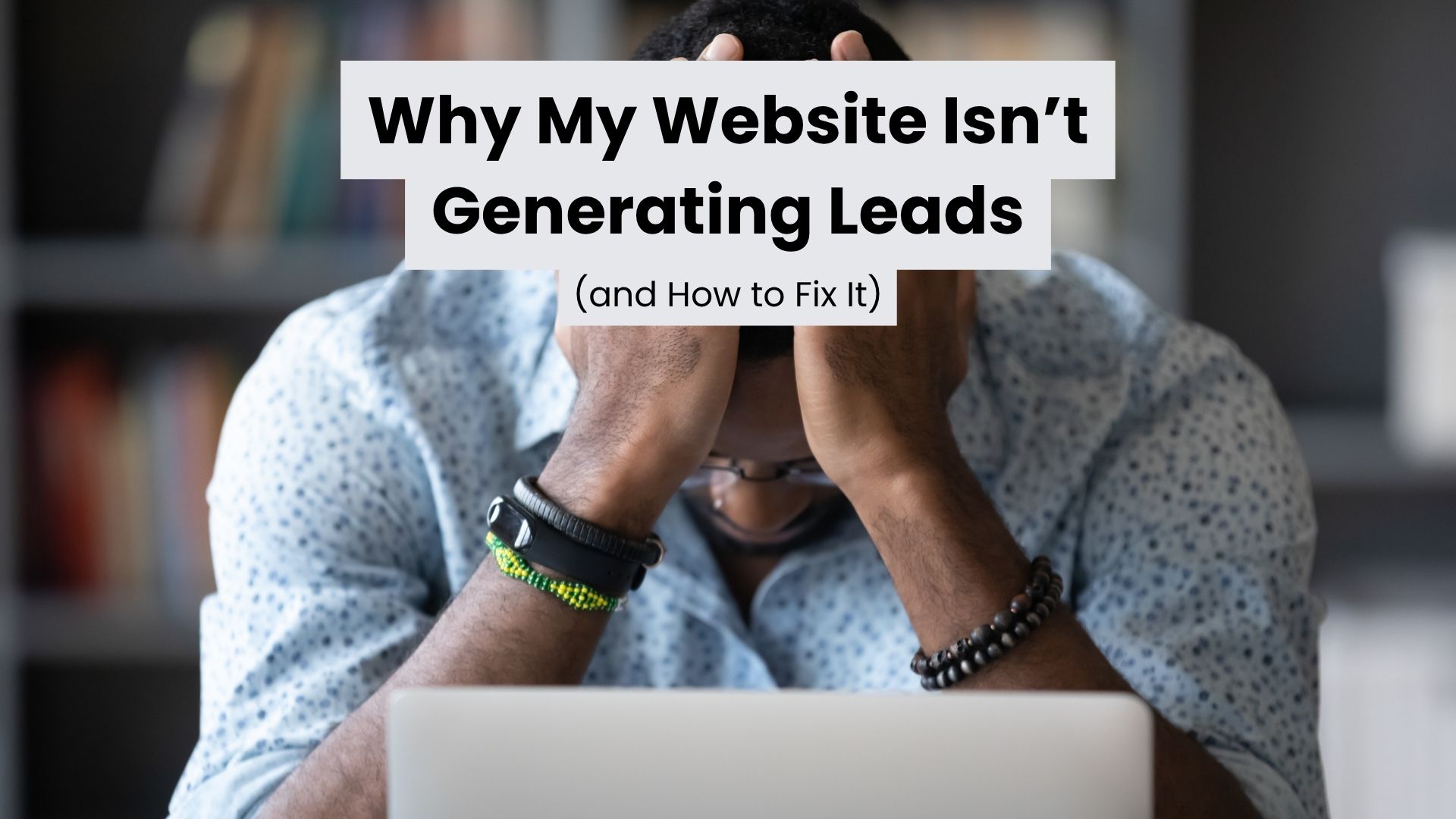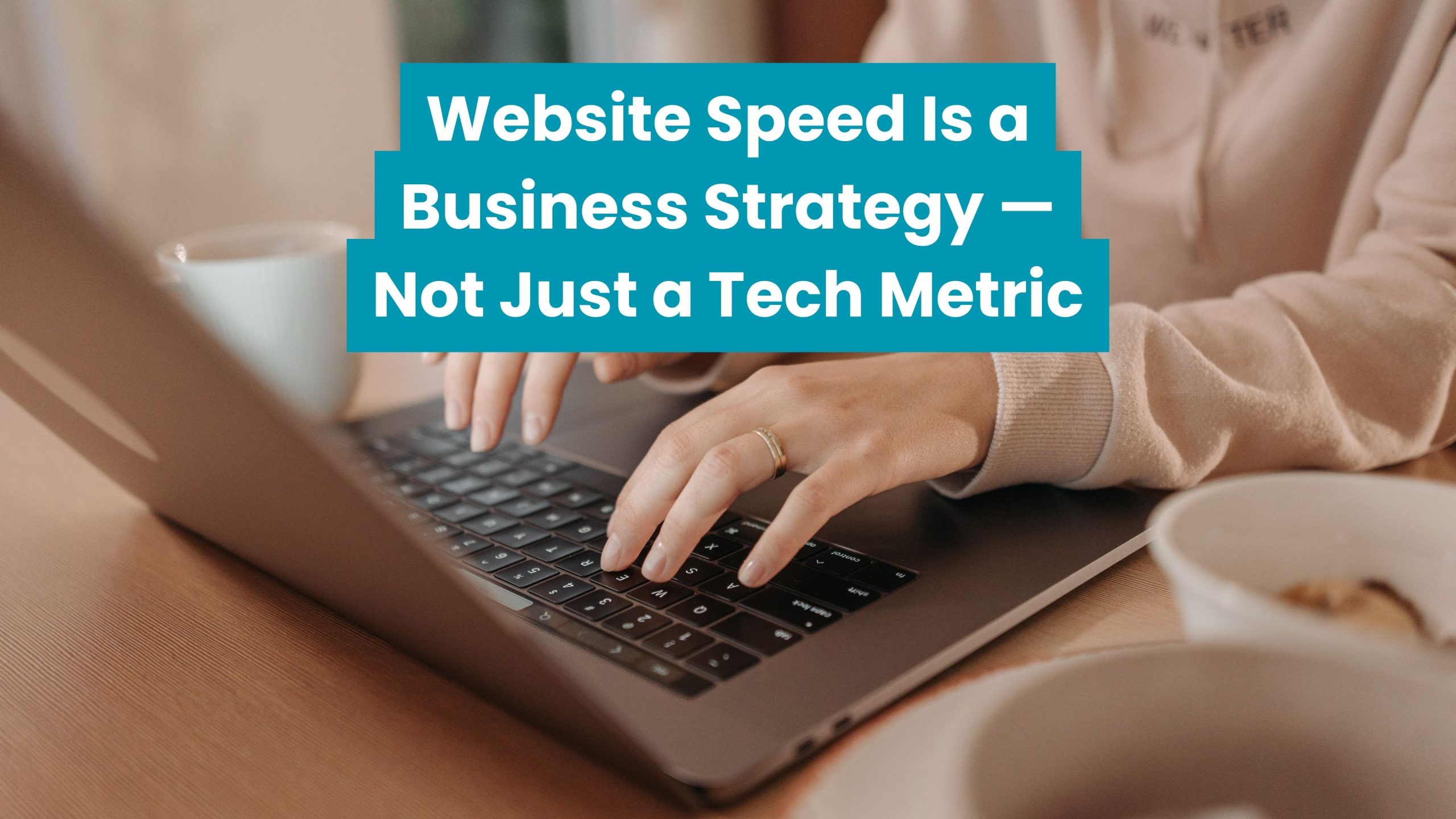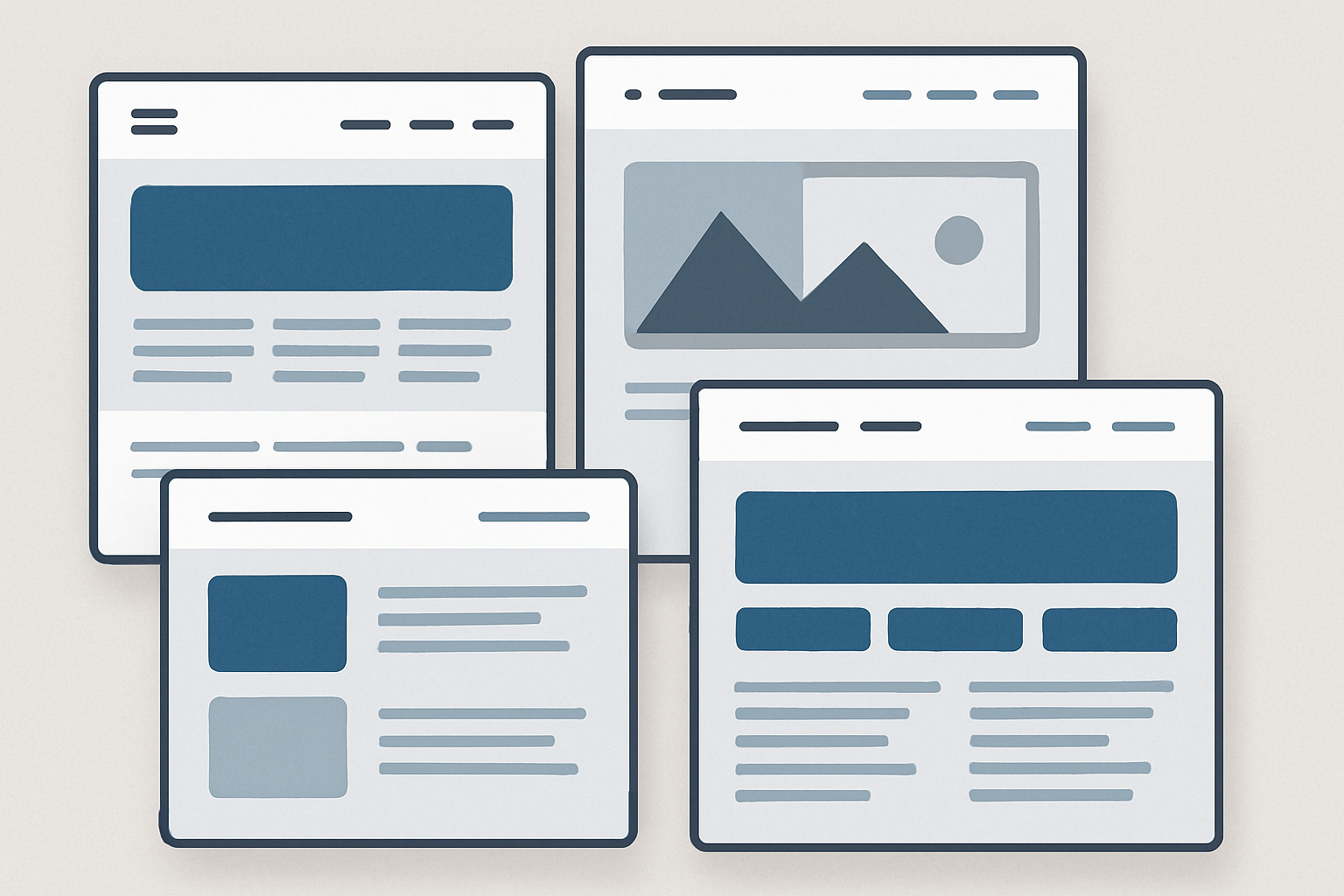AI Breakthroughs: From Protein Folding to Everyday Genius
AI Breakthroughs: From Protein Folding to Everyday Genius
Explore the amazing AI breakthroughs in 2025—from protein folding to ethical tools, GIA progress, and the companies building a smarter, better future.

We’ve all heard the buzz: AI is taking over. From your smart speaker to self-driving cars, artificial intelligence seems to be everywhere. But beyond the doom scrolling headlines and sci-fi movie plots, there’s a lot of good happening in the AI space — and it’s moving fast.
I like to keep an eye on emerging tech, especially when it starts to reshape industries for the better. So today, we’re diving into some of the coolest, most hopeful areas of artificial intelligence — and the companies and research labs making it happen.
🤖 What’s the Deal with GIA?
Let’s start with GIA, or General Intelligence Ambitions. This isn’t quite the same as Artificial General Intelligence (AGI), which is the idea of a machine that can learn and think like a human across any task. GIA refers to the ongoing push towards building broadly useful, highly adaptive systems — not just task-specific bots that play chess or tag photos.
One company leading the charge is OpenAI, the makers of ChatGPT. Their aim isn’t just to build smart tools, but to steer the development of general AI in a direction that’s safe and beneficial to humanity. The same goes for Anthropic (creators of Claude) and Google DeepMind, both investing in more ethical, controllable, and explainable models.
If GIA is like raising a genius child, these companies are the responsible parents making sure it doesn’t set the house on fire.
🧬 Protein Folding: A Problem Solved (Finally)
Now here’s a story that’ll blow your mind and warm your heart.
For over 50 years, scientists struggled with a complex puzzle: How do proteins fold into their functional shapes? This is crucial because misfolded proteins can cause diseases like Alzheimer’s, cancer, and cystic fibrosis.
Enter DeepMind with its AI system AlphaFold.
In 2020, AlphaFold cracked the protein folding problem — not perfectly, but well enough to predict the structure of over 200 million proteins, essentially covering almost every known protein on Earth.
This has massive implications for medicine, agriculture, and bioengineering. Imagine creating new drugs, vaccines, or enzymes at record speed.
💡 Everyday AI: Tools That Actually Help
Beyond the labs and research papers, AI is already making life easier for real people and businesses:
- Grammarly uses natural language processing (NLP) to clean up your writing, whether you’re drafting emails or polishing that awkward cover letter.
- Runway ML helps creatives generate videos, audio, and images — no big Hollywood budget required.
- Notion AI boosts productivity by writing summaries, notes, and even action items inside your digital workspace.
- Descript lets you edit videos like a Word doc. Delete a word? It’s cut from the audio. Magic.
These tools aren’t trying to take over your job. They’re like handy sidekicks, helping you do your best work faster.
🚀 Who’s Leading the AI Pack?
Besides OpenAI and DeepMind, here are some companies worth watching:
- Anthropic – Building more “aligned” and safer AI systems (Claude is their chatbot rival to ChatGPT).
- Hugging Face – Think of this as GitHub for AI models. Open-source, transparent, and community-driven.
- Stability AI – The team behind Stable Diffusion, a leading open-source image generation model.
- EleutherAI – A nonprofit research collective making open models available for everyone.
Each of these players is committed to transparency, accessibility, or ethical development — which matters more than ever.
🌱 What’s Next for AI?
While robots aren’t about to take over your kitchen (yet), we are seeing real momentum in:
- Climate modelling and sustainability (AI is helping predict crop yields, track deforestation, and optimise energy use)
- Education (adaptive tutoring systems that tailor learning to each student’s pace)
- Mental health (AI-based chat tools offering support, screening, and early intervention)
And the best part? Much of this tech is being shared openly, with public datasets, APIs, and even free models.
🎉 The Future Looks Bright (If We Build It Right)
The takeaway? AI is far from perfect, but it’s already proving itself as a force for good — if we stay intentional about how we use it. From unravelling the mysteries of biology to writing better blog posts (ahem), AI can amplify our creativity, efficiency, and even compassion.
So whether you’re a developer, a designer, or just someone trying to get through your inbox, AI is here to help — not replace.



